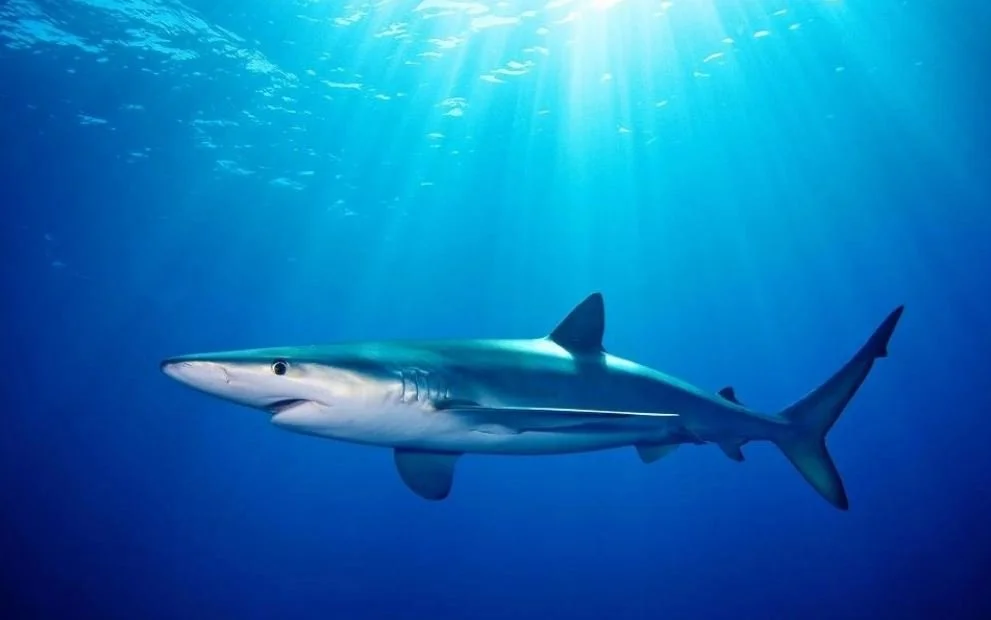What's Killing a 30,000 Pound Fish?
Something is killing the world’s largest fish. The whale shark (obligatory note: it is neither whale nor shark), which can grow up to 60 feet long and weigh more than 30,000 pounds, is threatened – by something.
After observing years of population decline, researchers may finally have an idea of what’s ailing the great fish. Marine biologists from the Marine Biological Association and University of Southampton think run-ins with cargo ships are to blame. Their study appears in Proceedings of the National Academy of Sciences.
Scientists tracked both whale sharks and ships across the globe to identify areas of risk and possible collisions, mapping 'hotspots' that overlap with tanker, passenger, and fishing vessel traffic. They found that more than 90 percent of whale shark movements occur in waters with shipping activity.
“Incredibly, some of the tags recording depth as well as location showed whale sharks moving into shipping lanes and then sinking slowly to the seafloor hundreds of meters below, which is the ’smoking gun’ of a lethal ship strike,” David Sims, founder of the Global Shark Movement Project, said in a University of Southampton press release.
Precise numbers of whale shark (Rhincodon typus) are not known, but it is believed that the global population has decreased by more than 50 percent over the last 75 years. They are currently listed as endangered by the IUCN.
Shipping is integral to a global economy, with more than 80 percent of internationally traded goods moved by cargo ships. Sea traffic is getting worse, by a lot: in 1995 there were 1,771 merchant vessels in operation; by 2020 there were more than 94,000.
“It is sad to think that many deaths of these incredible animals have occurred globally due to ships without us even knowing to take preventative measures,” says Sims.
The University of Southampton has a brief explainer of the issues here: youtube.com/watch?v=UdNOOy_oZRw.
Photo credit: Simon Pierce







